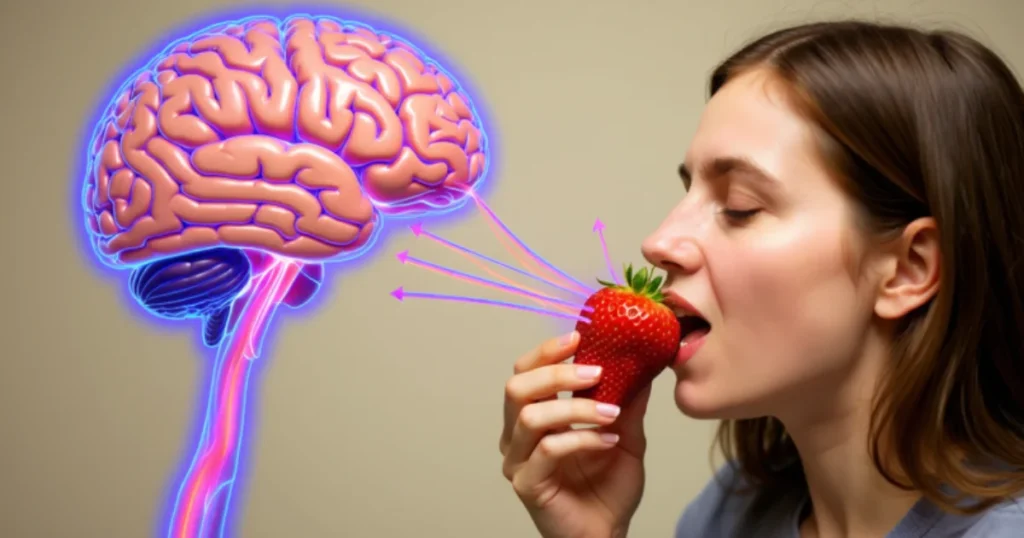How Your Brain Tastes Smells
Did you know your brain taste retronasal odors just like it tastes food on your tongue? Research shows that when aromas travel from your mouth to your nose, your brain interprets them as flavors. This retronasal olfactory processing links smell and taste early in eating, explaining why certain taste-associated aromas trigger flavor sensations on their own. Understanding this can change how you experience everyday meals and beverages.
Retronasal Odors Trigger Taste-Like Brain Activity
Scientists at Sweden’s Karolinska Institute found that the taste cortex responds to both actual flavors and specific retronasal odors. Participants’ brains showed overlapping activity for tastes and smells, revealing taste-odour convergence. This explains why certain olfactory cues can evoke sweet or savory sensations even without tasting anything on the tongue, highlighting a complex brain system that guides food choices.
Check out our guide to Dunkin’s New Cheesecakes in Grocery Stores
How Retronasal Odors Influence Flavor Perception
When a strawberry aroma reaches your nose while eating, your taste cortex interprets it as sweet, even if your tongue doesn’t detect sugar. This taste-like brain activity adapts over time, allowing your sensory system to learn new taste-odour pairings. Chefs and food brands can use this knowledge to enhance the flavor experience, making dishes more memorable and satisfying for diners.

Why Retronasal Odors Affect Cravings
Our brains don’t just detect taste and smell—they also use retronasal odors to drive food cravings. For instance, walking past a bakery, the smell of bread can trigger a desire for a snack. This taste-odour integration shows why certain aromas can override hunger signals, influencing what we choose to eat and even encouraging repeat consumption.
Retronasal Olfaction and Sensory Adaptation
Interestingly, the taste cortex is flexible. Repeated exposure to certain retronasal odors can change how we perceive flavors over time. This taste-like brain activity helps the brain adapt to new foods or environments. Researchers suggest that understanding this process can improve flavor design in cooking, packaged foods, and even healthy meal planning.
Practical Implications for Everyday Eating
By recognizing how brain taste retronasal odors work, you can enhance meals at home. Pairing aromas with flavors strategically can make simple dishes taste richer. This approach also explains why tasting flavored water, chewing gum, or even drinking tea can give strong taste sensations without added sugar or salt, showing the power of smell in everyday food experiences.
For more details, check out this Food & Wine study on how smell triggers taste-like brain responses.









